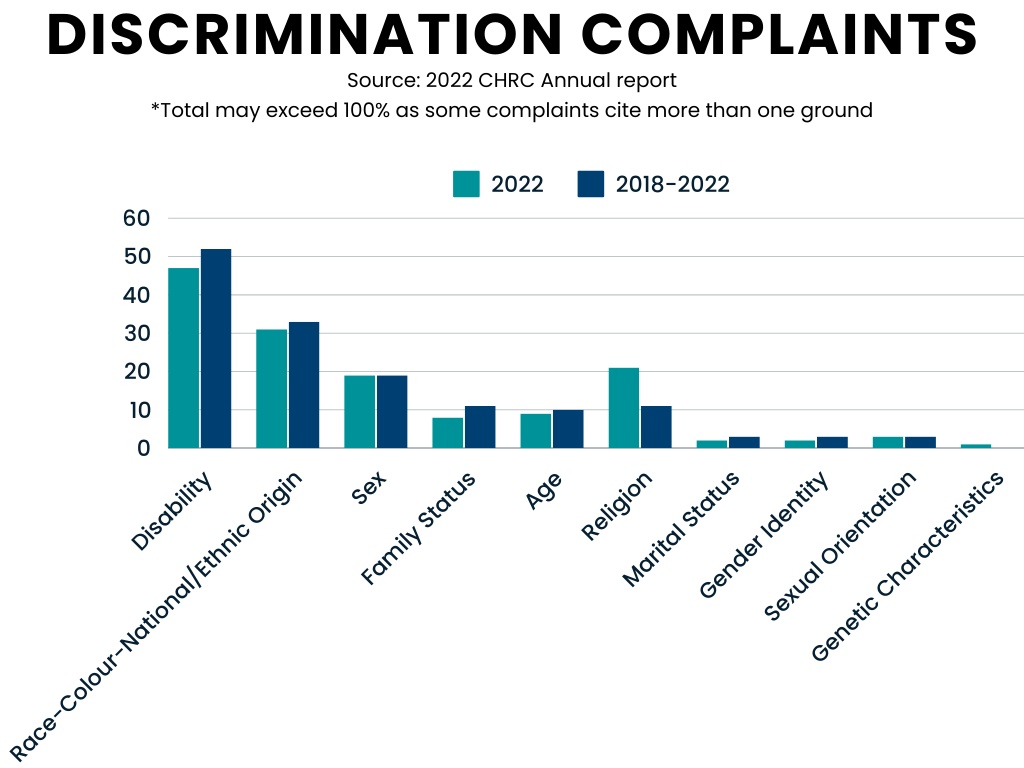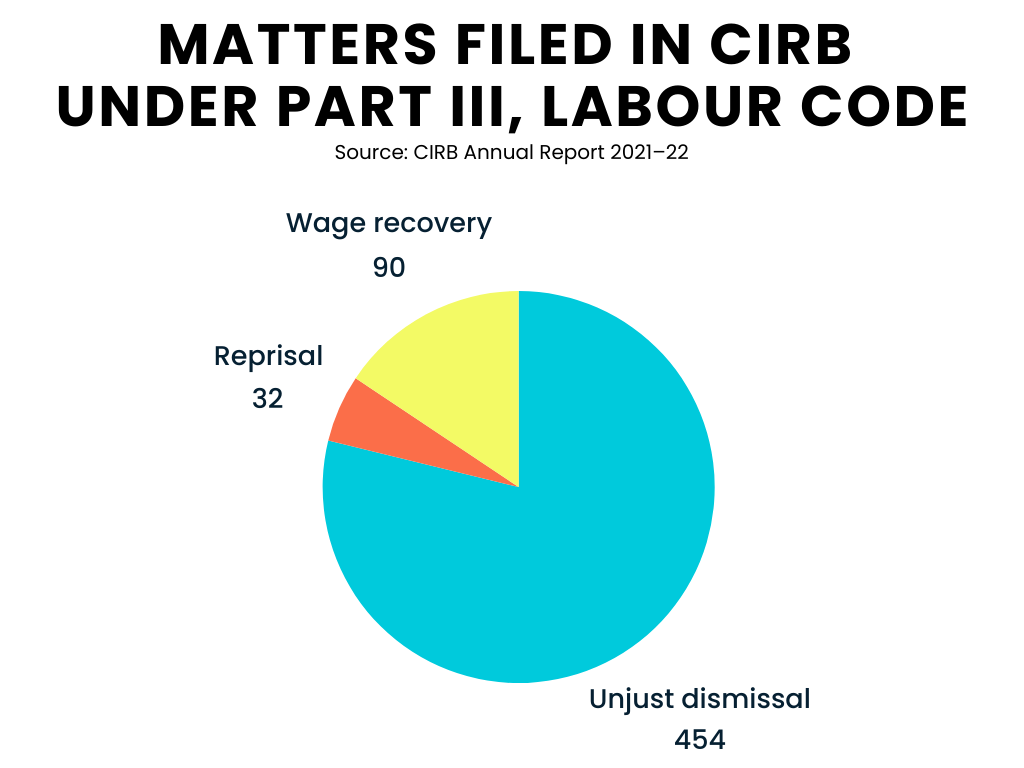Workplace human rights violations are becoming more common, which greatly affect a lot of employees across different industries. Understanding these violations and how to address them is the first step for employers to protect their employees against these inhumane incidents.
What are workplace human rights violations?
Workplace human rights violations are offences against a person’s right to be free from discrimination and harassment based on certain categories:
- age
- civil status
- conviction for an offence
- creed, religion, and expression of faith
- language or dialect
- race, colour, or ethnicity
- sexual orientation or gender identity
These offences are related to one’s employment, such as violations that occur in the workplace itself, or when the violation is related to one’s performance of their duties. There are also other offences that are found in labour laws that are related to workplace human rights violations, such as:
- unjust or constructive dismissal
- unfair labour practices
- violations against unions and their rights on collective bargaining
- occupational health and safety violations
Canadian laws on workplace human rights violations
Aside from the Canadian Charter of Rights and Freedoms (commonly called as the Charter), there are other statutes on workplace human rights violations. These laws are found both at the federal level and the provincial/territorial levels. Different laws would also apply to different types of employees and workplaces.
Federal workplaces are governed by the Canadian Human Rights Act (CHRA). The CHRA also established the Canadian Human Rights Commission (CHRC) and the Canadian Human Rights Tribunal (CHRT), which deal with violations in these federal workplaces.
Each province and territory in Canada has enacted its own law on workplace human rights violations. These laws govern local entities such as private employers, including other social areas where discrimination and harassment may happen. Below is a summary of the names of these laws in each province or territory:
|
Human Rights Code |
British Columbia |
|
Manitoba |
|
|
Ontario |
|
|
Saskatchewan |
|
|
Human Rights Act |
New Brunswick |
|
Nova Scotia |
|
|
Prince Edward Island |
|
|
Newfoundland and Labrador |
|
|
Yukon |
|
|
Northwest Territories |
|
|
Nunavut |
|
|
Act Respecting Equal Access to Employment in Public Bodies |
Quebec |
For Ontarians, here’s a quick video of the province’s human rights system, plus the roles of provincial human rights regulatory bodies:
If you need more details on Ontario’s Human Rights Code or about these regulatory bodies, talk to one of the Lexpert-ranked best workplace human rights lawyers in Ontario.
Common forms of workplace human rights violations
Based on surveys conducted by regulatory bodies, below are some of the most common workplace human rights violations in Canada. These offences, as defined by the federal or provincial/territorial statutes mentioned above, are a growing concern among Canadians. As such, both employers and employees are imposed with the duty to prevent these violations from happening in the workplace, and promptly addressing them as they occur.
Discrimination
In a 2017 survey by the Ontario Human Rights Commission, 45% of its respondents who said that they experienced discrimination or harassment in the past five years said that it happened at work. The most common reasons for discrimination in Ontario were:
- 63%: race or colour
- 34%: sexual orientation
- 25%: disability
- 24%: creed or religion
These numbers may differ when it comes to the reported incidents of discrimination to the authorities. CHRC said that among the complaints it received in 2022, discrimination based on disability, race, colour, national or ethnic origin, and sex are among the most common.

Image caption: CHRC discrimination complaints 2022
Harassment
Another common workplace human rights violation in Canada is harassment, which can take on a lot of forms on how it is committed.
A 2016 study by Statistics Canada (StatCan) called Insights on Canadian Society said that harassment was experienced by 19% of women and 13% of men. This workplace harassment include:
- verbal abuse: 13% of women and 10% of men
- humiliating behaviour: 6% of women and 5% of men
- threats to persons: 3% of women and 3% of men
- physical violence: 3% of women and 1.5% of men
- unwanted sexual attention or sexual harassment: 4% of women and less than 1% of men
Sexual assault and gender-based discrimination
As observed, women are the ones who are most vulnerable to harassment, compared to men (that’s not to say that men do not experience harassment in the workplace). However, the study also found that fewer men (less than 1%) report these human rights violations compared to women (4%).
A 2020 survey by StatCan showed that 47% of workers in the provinces either witnessed or experienced some sort of inappropriate sexualized or discriminatory behaviour in a work‑related setting. It also found that:
- most of these happen by phone or online, through display of sexually explicit materials
- inappropriate sexualized behaviours were mostly made by a person in authority, such as a supervisor or boss
Unjust or constructive dismissal
Dismissals — both unjust and constructive — are another common workplace human rights violation in Canada. In the Annual Report 2021–22 of the Canada Industrial Relations Board (CIRB), out of the total applications and complaints it received for that fiscal year, 47% were for unjust dismissal and wage recovery. Compare that to 36% for industrial relations (union and collective bargaining concerns) and 11% for occupational health and safety.
Unjust dismissal is also the top cause for the reports received by the CIRB under Part III of the Canada Labour Code:

Image caption: CIRB Part III Canada Labour Code complaints 2022
It’s also connected with discrimination and harassment in employment, since its grounds are also usually the reason for unjustly dismissing an employee. For example, continued incidents of sexual harassment by a supervisor may force the employee from resigning. Retaliation of employers, plus its protection of the perpetrator, may result in unjustly dismissing the victim-employee from their job.
Addressing workplace human rights violations
The 2020 StatCan survey found that employees were not provided information on how to report sexual harassment and sexual assault. This numbered to 32% of women and 26% of men of its respondents. It only shows that most employers do not exercise their duty under the law against workplace human rights violations. So how can employers (and employees) prevent and address these violations in the workplace?
Employers themselves must be familiar with the laws — both federal and provincial/territorial — on workplace human rights violations. Not just their top executives and human resources (HR) department, but also down to their supervisors.
Employers must also set up policies against these violations, such as a system on how an employee can report these offences. For all these matters, it’s better to have in-house counsel or to consult with a workplace human rights lawyer.
To know more about these common workplace human rights violations, you can reach out to the best workplace human rights lawyers in Canada as ranked by Lexpert.





